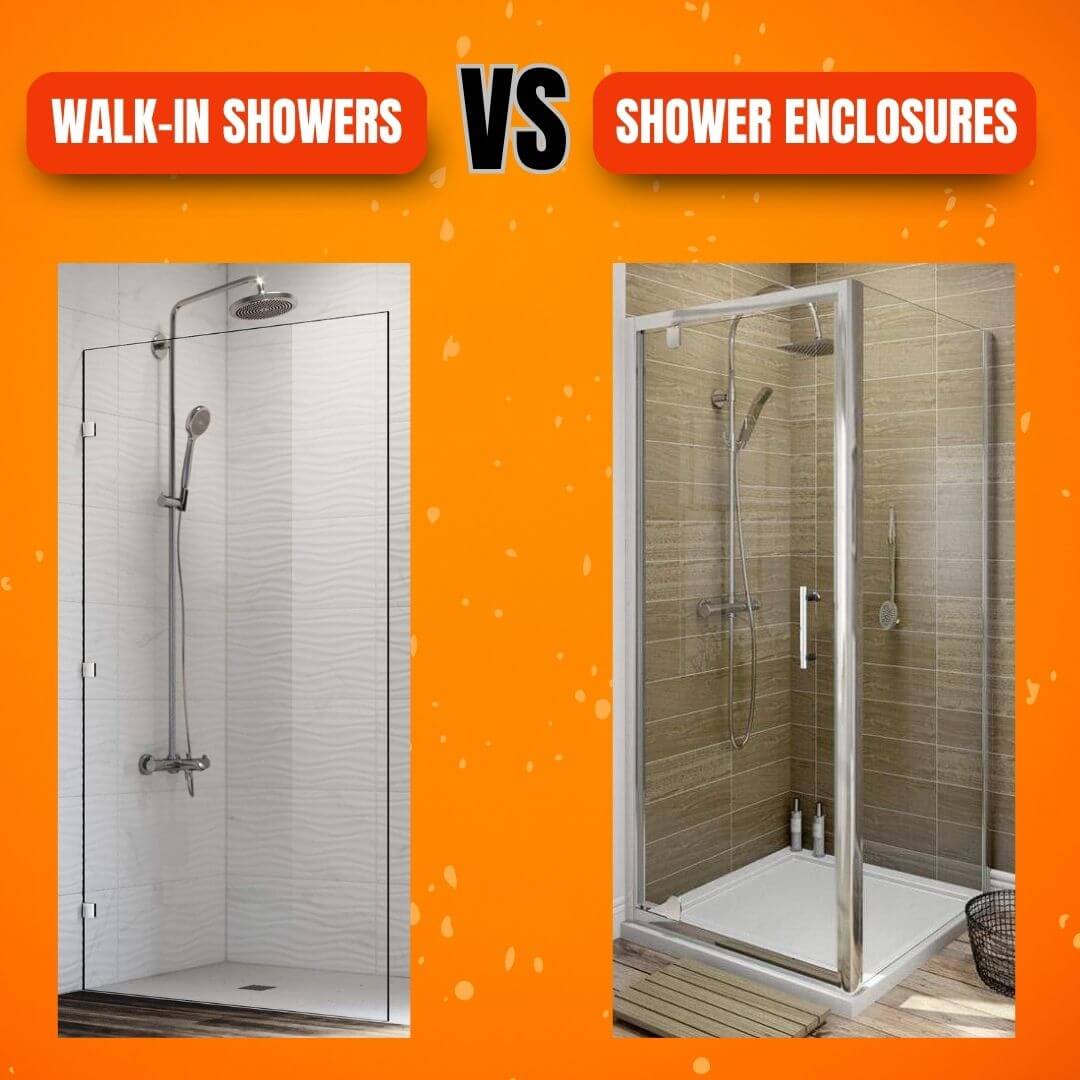In today's world, the conversation surrounding accessibility vs. privacy in bathrooms is more important than ever. As public spaces evolve, the need for inclusive design must be balanced with the fundamental right to privacy. This article delves into how we can achieve this delicate equilibrium.

Understanding Accessibility Needs
Accessibility in bathrooms refers to the design features that accommodate individuals with disabilities or mobility challenges. These features may include:
- Wider doorways for wheelchair access
- Grab bars for stability
- Lowered sinks and counters
- Accessible toilet facilities
When considering accessibility vs. privacy in bathrooms, it is crucial to recognize that everyone deserves a safe and comfortable environment. How can we ensure that these spaces cater to all users while maintaining their privacy?
The Importance of Privacy
Privacy in bathrooms is a fundamental aspect of personal comfort. Individuals often seek solitude in these spaces, making it essential to provide adequate barriers. This can be achieved through:
- Stall partitions that extend to the floor
- Soundproofing materials to reduce noise
- Strategically placed mirrors and lighting
When designing public bathrooms, how can we ensure that privacy measures do not hinder accessibility? This question is at the heart of the accessibility vs. privacy in bathrooms debate.
Finding the Balance
To strike a balance between accessibility and privacy, designers and architects must consider the following:
- Incorporate universal design principles that cater to all users.
- Utilize innovative materials that provide both privacy and accessibility.
- Engage with communities to understand their specific needs and preferences.
For instance, walk-in showers can offer both accessibility and privacy, allowing individuals to enjoy a comfortable bathing experience. You can learn more about this by visiting .
Conclusion
In conclusion, the discussion surrounding accessibility vs. privacy in bathrooms is vital for creating inclusive public spaces. By understanding the needs of all users and implementing thoughtful design strategies, we can ensure that everyone feels comfortable and secure in these essential facilities. As we move forward, let us prioritize both accessibility and privacy, fostering environments that respect the dignity of every individual.







